Chess and Artificial Intelligence: The Future Changed Today - Wed, 6 Dec 2017
The shocking and unbelievable news hit my inbox today, and I just couldn’t be more amazed by what has just happened and what the future effects will be.
Today it was announced that DeepMind, a company formed in 2010 and purchased by Google in 2014 to investigate the possibilities of using neural networks for machine learning, has created a program that given just the rules of a game, can play itself and learn and reach champion levels.
Everyone remembers Kasparov being defeated by the chess program Deep Blue in 1997. Go is a tougher game for computers. In March 2016, DeepMind created a program called AlphaGo, that defeated the world champion Lee Sedol.
But in just a year and a half since then, in October 2017, the algorithm was able to achieved superhuman performance in the game of Go using only 8 hours of training:
The next month, the algorithm achieved superhuman performance in the complex Japanese board game of shogi with 2 hours of training, and then it trounced Stockfish, one of the top computer chess programs in the world after just 4 hours of training.
AlphaZero played 100 games of chess with Stockfish and as white, scored 25 wins, 25 draws and no losses. As black, it scored 3 wins, 47 draws and no losses. In so doing, AlphaZero played classic human openings with no opening knowledge programmed into it. It had no endgame database. It had no heuristics. It learned everything itself.
Long, long ago, when I was a student at the University of Manitoba, I had a hobby I had dabbled in: programming a computer to play chess. I had reached a point where my program, Brute Force, was then one of the best in the world. I went to Seattle, Washington in 1977 for the 8th North American Computer Chess Championship, and followed that up in 1978 in Washington, D.C. for the 9th NACCC. (If you’re interested, see my writeup on my chess program, Brute Force).
The program was called Brute Force because I concentrated on doing the minimum possible to evaluate positions, and simply let the program iterate as many moves as possible to determine the best move. I had the full use of the University of Manitoba’s IBM 370/168 mainframe, which likely was as powerful then as your smartphone is today. Smartphones today can play better chess than the big computers did back then in the Computer Chess Championships of the ‘70s.
Soon after, my programming interests switched to genealogy, but I remained interested in and followed the advances in computer chess and artificial intelligence in general. The best computer chess engines today, Houdini, Komodo and Stockfish, play at an ELO rating of 3400. The best chess player in the world today is Magnus Carlsen of Norway rated at about 2840. The chance of Magnus defeating one of these programs today is the same as a person rated 2280, say the 6000’th best chess player in the world, beating Magnus.
Stockfish and these other programs have been worked on continuously for a long time. They encompass 20 years of improvements in computer speed, better chess-specific algorithms, and inclusion and refinement of chess ideas since Deep Blue of 1997.
Yet, in only four hours of training, this program AlphaZero, defeated Stockfish handily.
But that’s not what is most amazing.
What is most amazing is that AlphaZero trained using a general game-playing learning algorithm that had zero chess-specific knowledge, other than the rules of how the pieces could move and what was a win, loss and draw.
See this Chess24 article by Colin McGourty for the chess viewpoint on this, along and a link to the paper written yesterday (Dec 5) on this breakthrough:
What Has Just Happened?
DeepMind has developed a general method where a machine can learn how to gain world-level expertise in any task once the rules are set out.
This will change everything. Think more than just board games. Think bigger.
Not long ago, I saw this tweet with a video of a robot:
we dead pic.twitter.com/lUys7DptdZ
— alex medina (@mrmedina) November 16, 2017
Imagine now what would happen if we could program the “rules” of walking, and gravity and motion into it, and throw it through this learning algorithm. You would likely end up with a robot that could run, jump, swim, whatever at hundreds of miles per hour without disturbing anything in its path. (Notice the text of the tweet: “we dead”)
Let’s go further: Computer voice recognition. It’s terrible right now. It needs training and still makes lots of mistakes. This algorithm will make mincemeat of that problem.
Language translation: So easy now.
Computer vision, hearing, tasting, smelling. Now doable.
Artificial intelligence … Now it’s very scary. We had better do this right.
That’s enough. Time to breathe again and go back to genealogy programming.


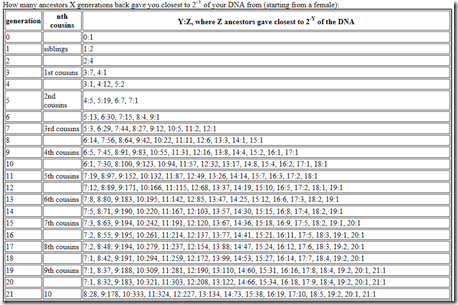
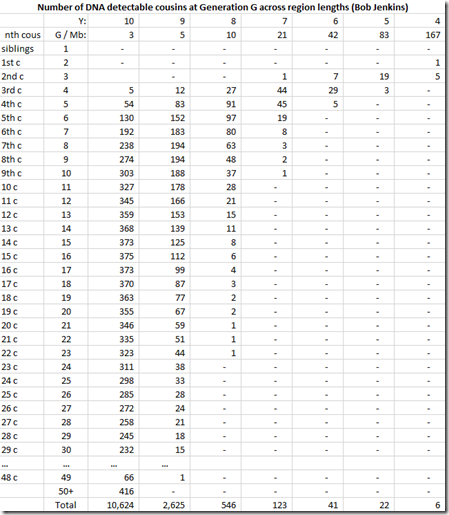
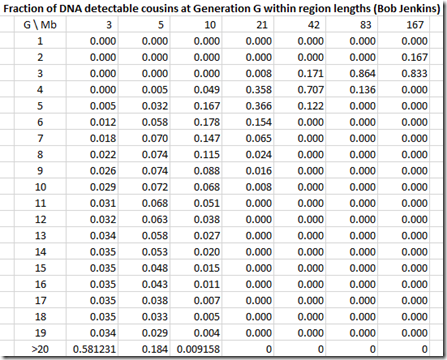
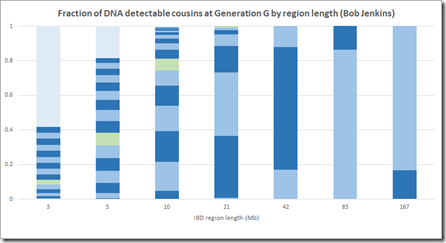
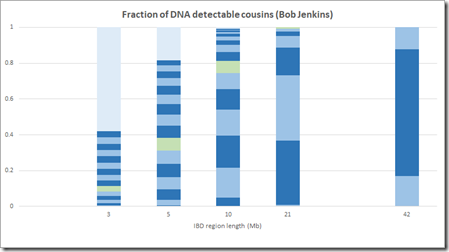
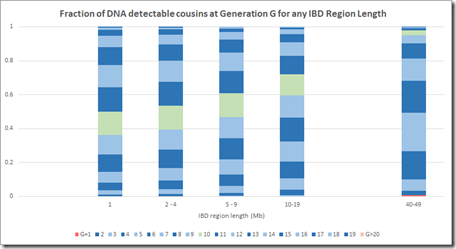
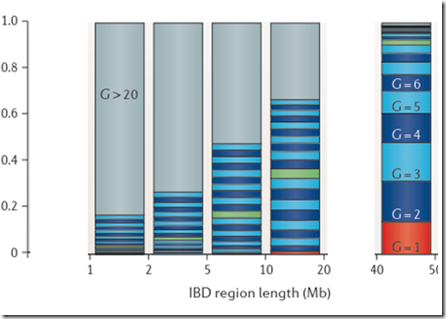
 Feedspot 100 Best Genealogy Blogs
Feedspot 100 Best Genealogy Blogs





